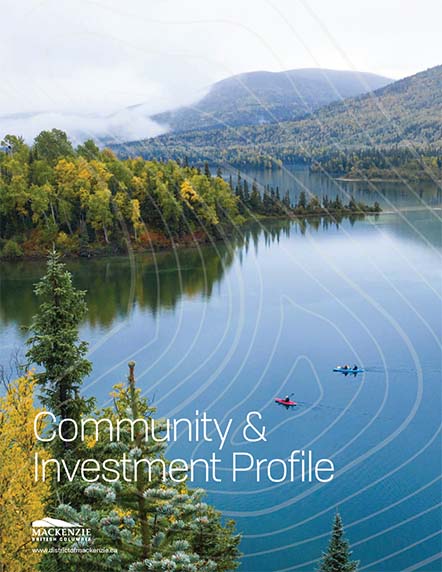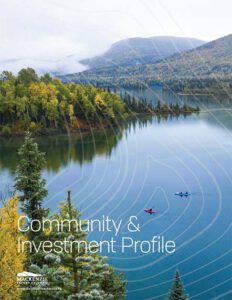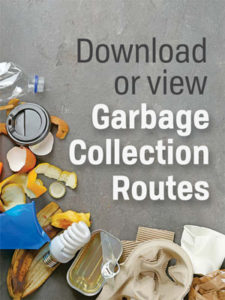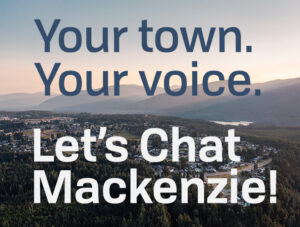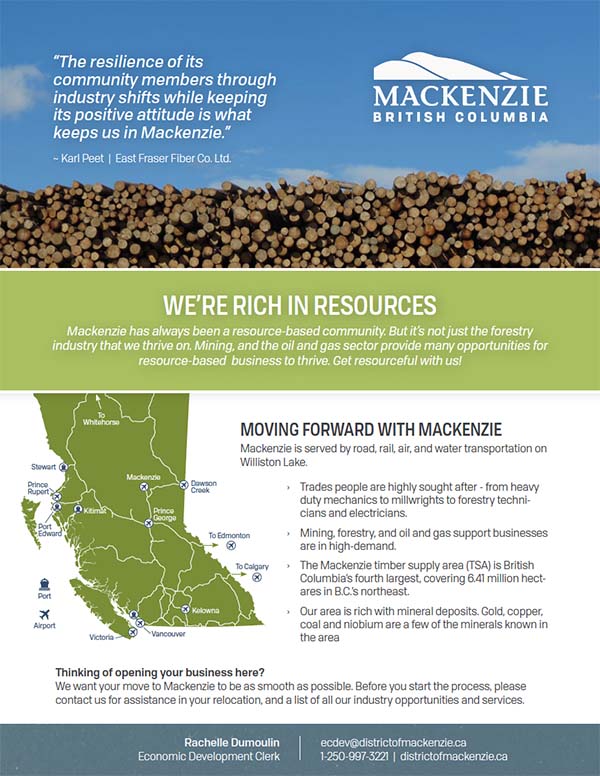Natural Resources
You could say we're resource-ful.
We were built with resource industries in mind! Mackenzie is a planned community, with its industrial site located in a separate area outside of the populated town-site. The industrial area is served by road, rail and water transportation on Williston Lake. The location also ensures industrial noise and air emissions are separate from the community residents.
Mackenzie has a wealth of opportunities for growth in the Natural Resources sector and our team is always eager and available to help new business or industries thrive here.
At a quick glance, some of the broad opportunities include:
- Trades people are highly sought after - from heavy duty mechanics to millwrights to forestry technicians and electricians.
- Mining, forestry, and oil and gas support businesses are in high-demand.
- Mackenzie is well positioned to take advantage of several proposed oil & gas pipeline projects.
- The Mackenzie timber supply area (TSA) is British Columbia’s fourth largest, covering 6.41 million hectares in B.C.’s northeast.
- Our area is rich with mineral deposits. Gold, copper, coal and niobium are a few of the minerals known in the area
Our main resource-based industries
While Mackenzie supports a wide range of industries, the key opportunities for natural resources lie in Forestry, Mining, and Oil & Gas Pipelines construction. Read further for a more in-depth look at each of these sectors in Mackenzie.
We think Mackenzie's pretty special - but don't take our word for it...
“The resilience of its community members through industry shifts while keeping its positive attitude is what keeps us in Mackenzie.”
~ Karl Peet, East Fraser Fiber Co. Ltd.
Forestry & Wood Products
The forests of Mackenzie are fairly homogeneous, with lodgepole pine, spruce, subalpine fir and several deciduous species comprising the majority of the timber supply area (TSA). The Mackenzie TSA’s allowable annual cut is currently 4.5 million cubic metres. There are many forest-based operations in Mackenzie, including logging companies, mills, log sort yards, wood product manufacturers and a bioenergy plant.
Also, we run our own community forest to boot!
Mining & Minerals
There's gold in them there hills! Mackenzie is in an area rich with mineral deposits. Gold, copper, coal and niobium are a few of the minerals known in the area, with a history of the Omineca Gold Rush North of Mackenzie (Manson Cr), and many explorations and claims made since.
The Mount Milligan Mine west of town employs approximately 80 Mackenzie residents, and takes advantage of the rail transportation to BC ports to ship its minerals overseas.
Oil & Gas Pipelines
Mackenzie could play a major role in British Columbia's Liquified Natural Gas (LNG) Strategy. The Province of BC is working with industry on developing Liquified Natural Gas (LNG) terminals near Kitimat and Prince Rupert.
Numerous pipelines have been proposed to transport natural gas from sources in northeast BC and Alberta to the coast of BC. Mackenzie is well-positioned to substantially support (and benefit from) two of the major pipeline projects.
